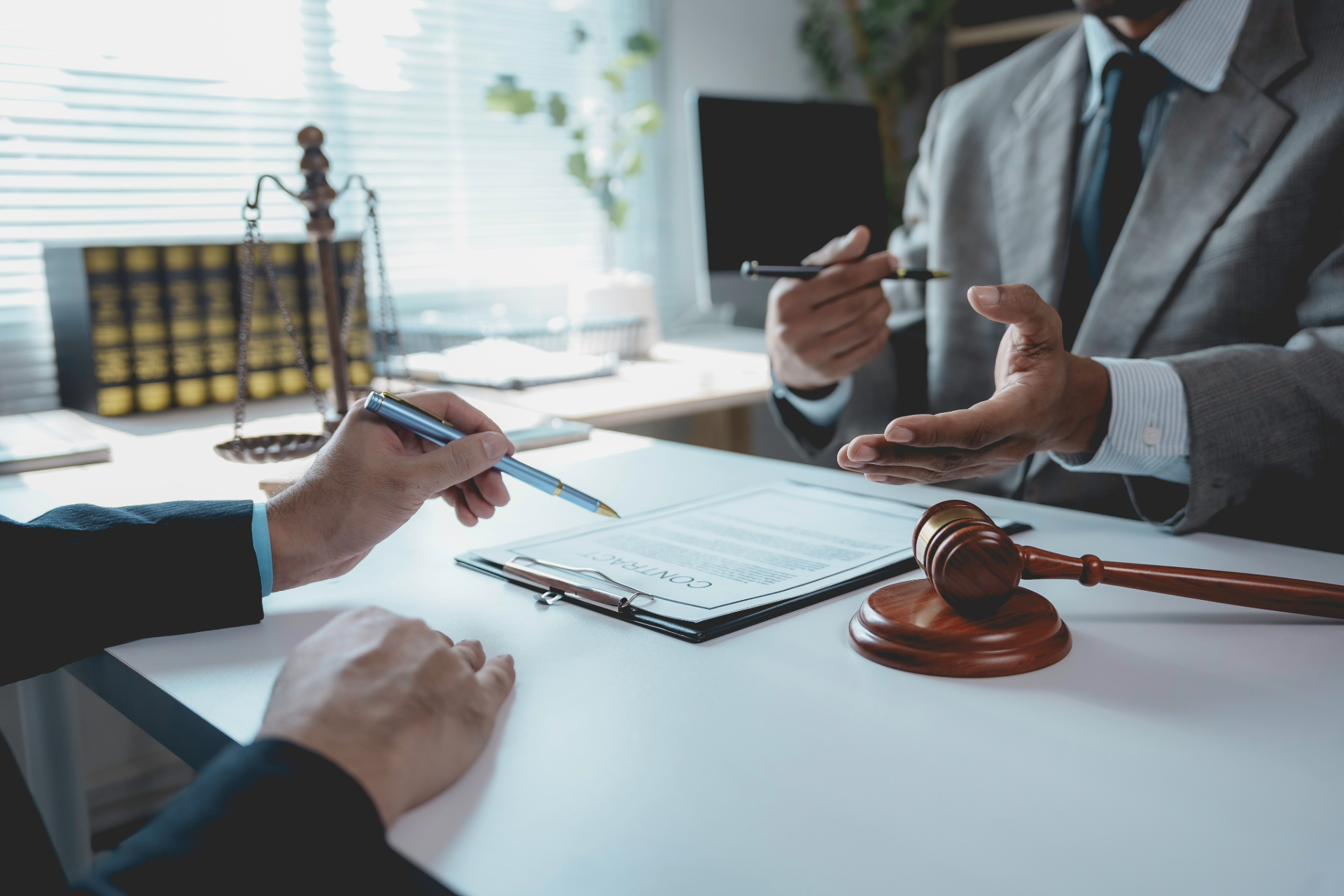Unsafe Property? Understanding Your Rights Under California Premises Liability Law
Understanding Premises Liability in California
Unsafe property potentially sets the stage for accidents and injuries. Under California premises liability law, property owners have a legal duty to maintain a safe environment for visitors, customers, and even trespassers under certain conditions. This fundamental overview dives into your rights if you’ve suffered an injury due to negligent property upkeep in California.
What is Premises Liability?
Premises liability is a legal concept typically used in personal injury cases where the injury was caused by some type of unsafe or defective condition on someone’s property. Most claims under premises liability laws involve slip and fall accidents, but they can also include cases of dog bites, swimming pool accidents, inadequate maintenance, defective conditions, or negligent security leading to assault or theft.
In California, the property owner’s responsibility towards protecting visitors from harm is modeled around the nature of the property and the relationship between the owner and the visitor. Generally, visitors can be classified into three categories: invitees, licensees, and trespassers. Property owners owe the highest duty of care to invitees (those who enter the property for commercial benefit to the owner) and a lesser duty to licensees and minimal to trespassers.
Who is Liable?
Identifying the liable party isn’t always straightforward. Property owners are often primarily responsible, but other entities like property managers, tenants, or maintenance companies could also be held liable depending on the circumstances surrounding the incident. Liability is determined based on who was in control, or should have been in control, of the portion of the property where the accident occurred.
Proving negligence in a premises liability claim in California revolves around demonstrating that the property owner (or another responsible party):
- Knew or should have reasonably known about the hazardous condition.
- Failed to repair, warn, or otherwise address the hazard in a reasonable amount of time.
- Directly caused the accident and the resulting injuries due to this negligence.
Documenting Your Claim
If you encounter an unsafe condition that results in injury, immediate steps should include documenting every aspect of the incident. This includes taking photos of the hazard, securing eyewitness accounts, and filing an incident report if applicable. Medical records will play a pivotal role in substantiating your claims, so early and thorough medical evaluation is crucial.
Legal Challenges and Considerations
Premises liability cases can become complex, particularly when multiple parties could be liable. The comparative fault rule in California means that if you bear some responsibility for the accident, your compensation may be reduced by your percentage of fault. For example, if you were texting while walking and missed a warning sign, you might be deemed partially liable.
Engaging a knowledgeable personal injury attorney can provide immense help. Legal expertise is essential to navigate the complexities of premises liability cases in California, including meeting critical deadlines like the statute of limitations, which is generally two years from the date of the injury.
Final Thoughts
Injuries from unsafe property conditions can be severe and life-altering. Knowing and understanding your rights under California premises liability law can empower you to seek the justice and compensation you deserve. If you believe that a property owner’s negligence resulted in your injury, consider consulting with a skilled attorney who specializes in premises liability. With the right guidance and advocacy, you can focus on your recovery while your legal team shoulders the burden of fighting for your rights.





